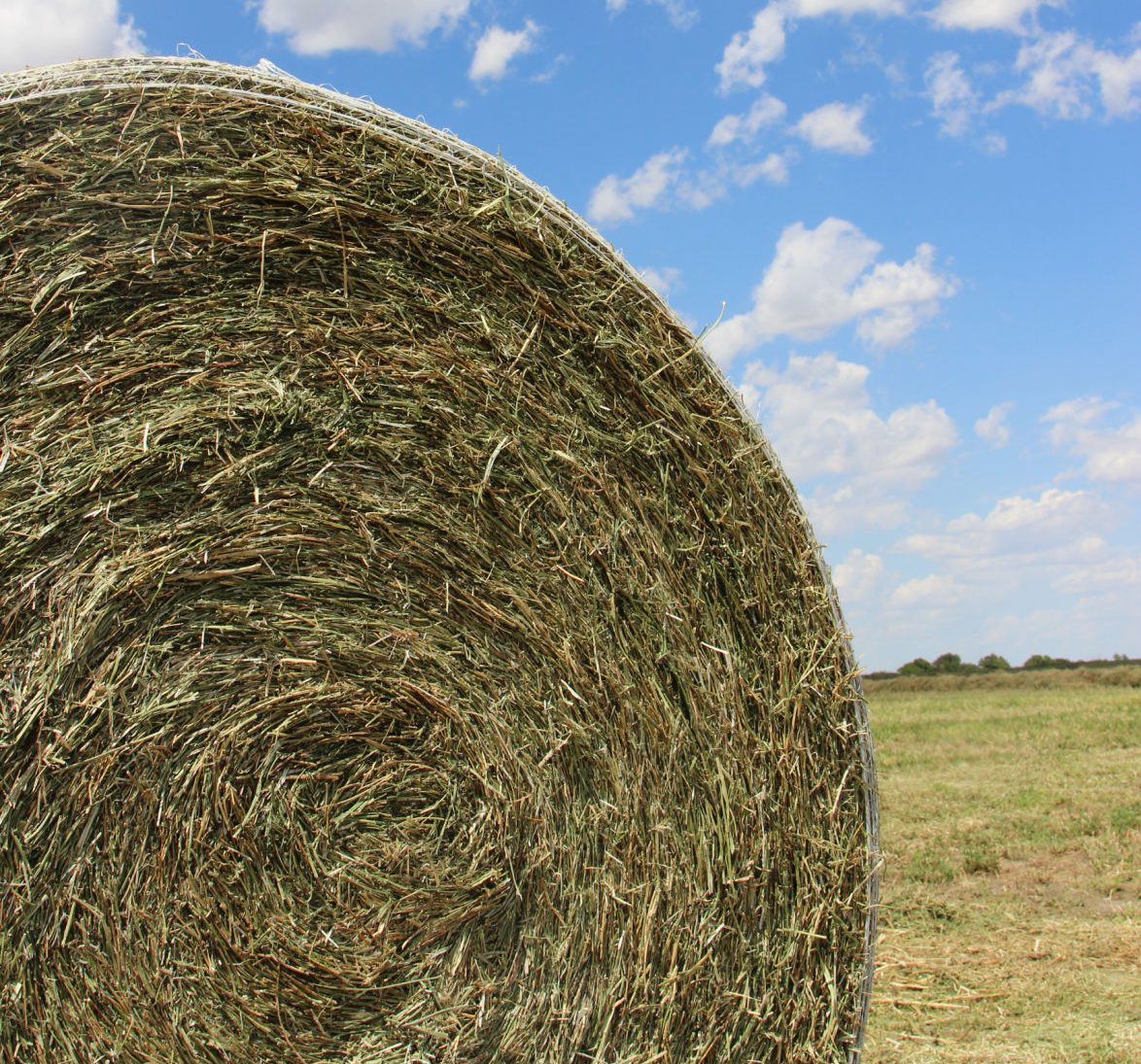State-By-State Hay Summary

Colorado—In the June 27 report, compared to the last report, trade activity and demand light. Stable hay sold mostly steady. According to the NASS Colorado Crop Progress Report for the week ending June 23, alfalfa first cutting harvested is 66%. Stored feed supplies were reported as 2% very short, 11% short, 74% adequate, and 13% surplus. Next report will be released July 11 due to holiday.
Missouri—In the June 27 report, compared to last report, hay prices are steady. The supply of hay is moderate, and demand is light to moderate. Hay harvest passed the three quarters complete this week, running ahead of the five-year average pace. With the new supplies of hay several new listings of hay being offered for sale. Hay movement is somewhat slow however as 82% of pastures in the state are rated in good to excellent condition and no one is currently thinking much about feeding hay. The extremely hot temperatures over the last couple of weeks is drying out some areas though near 25% of the sate is listed on this week’s drought monitor as abnormally to moderately dry.
Nebraska—In the June 27 report, compared to last report, ground and delivered hay sold steady. Some producers have struggled getting in to fields due to the rain.
Oklahoma—In the June 21 report, compared to the last report, hay trade is slow to steady. After a couple of weeks of no moisture, hay producers could start baling and selling the hay. Oklahoma still has a lot of 2023 hay, which is being sold and still stacked in barns. Even with all of the rain, drought is creeping back across the state due to high temperatures and high winds. Next report will be released July 12.
Texas—In the June 28 report, compared to last report, hay prices remain mostly steady. Hay demand is slow to steady. Wheat harvest is 74% complete across the state, with production coming in 8% below last year and 3 less bushels per acre according to the Texas Crop and Weather Report. Next report will be released July 12.
South Dakota—In the June 28 report, compared to last report, producers in southeast South Dakota have been having a hard time getting hay moving because of flooding, some fields have standing water and some roads are impassible, other parts of the state movement has been down because of rain. Demand has been lower than normal for this time of year with prices being unsettled.
New Mexico—In the June 28 report, compared to last report, hay sales are steady and the demand is steady in most parts of the state. There has been light moisture on the eastern part of the state. According to NASS for the week ending June 23, alfalfa hay second cutting is 55% complete, southern part of the state are 5% into their third cutting.
Wyoming—In the June 27 report, compared to the last report, first cutting is almost complete with demand light but steady. Very little to no moisture and hot temperatures across the state have slowed the growth. According to NASS as of June 25, alfalfa hay first cutting is 46% complete.
Montana—In the June 28 report, compared to last report, hay sold generally steady. Hay sales were light this past reporting period as most ranchers have cattle turned out on summer pasture and range. Most of the hay purchased was old crop hay for use next winter. Dry land and even irrigated yields have been lighter than most producers were expecting and some buying has been seen as a result.



